NDO - In recent years, the appearance of Hanoi's traffic has been changing towards a more spacious and modern direction. The city has mobilized many resources to invest in key projects, building a modern, diverse, and synchronous traffic infrastructure system, worthy of its position as the political , economic and social center of the country.
 |
| On August 30, the construction of Vinh Tuy Bridge Phase 2 was officially inaugurated, completed in time to celebrate the 78th anniversary of National Day (September 2, 1945 - September 2, 2023) and the 69th anniversary of the Liberation of the Capital (October 10, 1954 - October 10, 2023). The project helps to increase traffic capacity between the two banks of the Red River, meeting the rapidly increasing transportation demand between the center of the capital and the northern and northeastern areas of the city. At the same time, it improves operating conditions, ensures traffic safety, creates conditions for socio- economic development, security and defense, creates a premise for the formation of a chain of northern urban areas and gradually completes the capital's traffic infrastructure system according to the plan. |
After 15 years of expanding Hanoi's administrative boundaries, the appearance and appearance of the capital are increasingly spacious, modern and beautiful. A series of major traffic projects have been implemented to connect the center with the outskirts such as: Thang Long Avenue, Nhat Tan Bridge, Vo Nguyen Giap Street, Cat Linh - Ha Dong urban railway project, ... along with many belt roads, radial axes, overpasses have been invested, gradually forming a closed road traffic system. Up to now, Hanoi city has had 7 radial roads (totaling 111.32km running through the area), 8 radial national highways (244.58km) formed and put into operation; completed 132.26/285.46km of 7 belt roads.
![[Photo] Hanoi Capital - 69 years of construction and development photo 1](https://vstatic.vietnam.vn/vietnam/resource/IMAGE/2025/1/19/0bb7687650dd4c2d89625283490bae6d) |
| Vinh Tuy Bridge Phase 2 is located downstream of the Red River, parallel to the Phase 1 bridge, with a similar shape to the Phase 1 bridge. The total length of the bridge and approach road is about 3,473m. The starting point is Km0+840 (intersection with Nguyen Khoi Street and Minh Khai Street), the ending point is Km4+312.62 (intersection with Long Bien - Thach Ban Street, Co Linh Street). |
![[Photo] Hanoi Capital - 69 years of construction and development photo 2](https://vstatic.vietnam.vn/vietnam/resource/IMAGE/2025/1/19/2e3f4382a4274198883af51a259b9c5d) |
| Not only valuable in contributing to socio-economic development, with a lighting system of about 600 installed poles, Vinh Tuy Bridge is also a valuable work in the urban landscape of Hanoi Capital. |
![[Photo] Hanoi Capital - 69 years of construction and development photo 3](https://vstatic.vietnam.vn/vietnam/resource/IMAGE/2025/1/19/5281762a3d6c4702b12c55a0d4a81c1b) |
| The elevated Ring Road 2 project, Vinh Tuy - Nga Tu So section, including the elevated road and the extension below, has a total investment of nearly 9,500 billion VND under the BT (build - transfer) contract form. The elevated Ring Road 2 section is more than 5km long, the starting point is adjacent to the south of Vinh Tuy bridge, the end point is adjacent to Nga Tu So intersection. |
![[Photo] Hanoi Capital - 69 years of construction and development photo 4](https://vstatic.vietnam.vn/vietnam/resource/IMAGE/2025/1/19/05888fb3e5e04c7b84f15a13db9eb30e) |
| The lower part is over 3km long, starting at Vinh Tuy bridge, ending at Nga Tu Vong intersection. The project connects three central districts including Dong Da, Thanh Xuan and Hai Ba Trung. |
![[Photo] Hanoi Capital - 69 years of construction and development photo 5](https://vstatic.vietnam.vn/vietnam/resource/IMAGE/2025/1/19/d655d9ab97d8477a8e229e052a4f3d99) |
| The operation of the elevated Ring Road 2 is expected to overcome traffic congestion on the route, create smoothness and convenience for people and vehicles when traveling on the route, increase the development of production, business and services of people in the area. At the same time, it contributes to solving urgent problems of urban traffic and completing according to the plan one of the important inner-city Ring Roads in the city's transport infrastructure system. |
![[Photo] Hanoi Capital - 69 years of construction and development photo 6](https://vstatic.vietnam.vn/vietnam/resource/IMAGE/2025/1/19/860046d1b7a44b42b509ee9d89d321fc) |
| On June 30, 2023, the C-shaped overpass connecting Chua Boc - Pham Ngoc Thach streets (Dong Da district) officially opened to traffic. The bridge is more than 300 m long, 9 m wide, with an investment capital of 150 billion VND, from the Hanoi city budget. The project aims to improve traffic capacity at the Chua Boc - Pham Ngoc Thach - Ton That Tung - Dong Tac intersection, solving the long-standing traffic congestion. |
![[Photo] Hanoi Capital - 69 years of construction and development photo 7](https://vstatic.vietnam.vn/vietnam/resource/IMAGE/2025/1/19/ce16503437664409a3d9eb21d260949c) |
| The Nguyen Trai - Khuat Duy Tien intersection (Thanh Xuan district) interweaves conventional ground roads, underpasses, elevated highways and urban railways on four separate levels, creating the most impressive and modern intersection in the capital Hanoi. |
![[Photo] Hanoi Capital - 69 years of construction and development photo 8](https://vstatic.vietnam.vn/vietnam/resource/IMAGE/2025/1/19/9a043ccb741e40a4a8ea1363d15b6fd8) |
| The top floor is the Cat Linh - Ha Dong urban railway. The second floor is the Ring Road 3, designed as an elevated highway to connect from Mai Dich to Phap Van intersection and the access road to Thanh Tri bridge. The middle floor is a normal ground road, the intersection between Nguyen Trai and Khuat Duy Tien streets. The bottom floor is the Thanh Xuan underpass, which has been in operation since 2016. The underpass helps solve the traffic bottleneck on Nguyen Trai street - the gateway to the center in the southwest of Hanoi, where the number of vehicles is especially large. |
![[Photo] Hanoi Capital - 69 years of construction and development photo 9](https://vstatic.vietnam.vn/vietnam/resource/IMAGE/2025/1/19/327c33a66501466d8c0175f5b087a057) |
| The Cat Linh-Ha Dong railway is an urban railway line belonging to the Hanoi Urban Railway Network, with a total length of 13.05km with 12 elevated stations, starting from Cat Linh Station (Dong Da District) and ending at Yen Nghia Station (Ha Dong District). Each train consists of 4 carriages, with a maximum capacity of 960 people per train, a maximum speed of 80km/h, an operating speed of 35km/h, and a train travel time of 23 minutes on the entire route. |
![[Photo] Hanoi Capital - 69 years of construction and development photo 10](https://vstatic.vietnam.vn/vietnam/resource/IMAGE/2025/1/19/91abab2f750e46799f493a0d7b8c08a1) |
| From the beginning of September 2022, to serve the increasing demand of passengers, Hanoi Metro has added 2 more trains, bringing the total to 9. During peak hours, there will be a train every 6 minutes instead of the previous frequency of 10 minutes. This year, the Cat Linh-Ha Dong railway is expected to serve more than 10.6 million passengers with more than 81,300 trains. |
![[Photo] Hanoi Capital - 69 years of construction and development photo 11](https://vstatic.vietnam.vn/vietnam/resource/IMAGE/2025/1/19/8ea3000f8a284b2f8382875b11f3b413) |
| Nhat Tan Bridge is currently the largest cable-stayed bridge in Vietnam, among a total of 7 bridges spanning the Red River, connecting Tay Ho District with Dong Anh District. Nhat Tan Bridge was inaugurated on January 4, 2015, creating a modern inner-city expressway, shortening travel time from Noi Bai International Airport to the center of Hanoi. The bridge is considered a new symbol of Hanoi Capital with 5 cable-stayed spans symbolizing 5 city gates as well as 5 peach blossoms of Nhat Tan peach village. The bridge surface is 43.2m wide with 8 lanes for both directions, divided into 4 lanes for motor vehicles, 2 lanes for motorbikes, 2 lanes for buses, and a pedestrian path. The bridge is 3.9km long and has a 5.27km approach road, of which the main part of the bridge across the river is 2.5km long. |
![[Photo] Hanoi Capital - 69 years of construction and development photo 12](https://vstatic.vietnam.vn/vietnam/resource/IMAGE/2025/1/19/287d42fc4d484b6fa971772ca8e36d50) |
| Thang Long Avenue is a route of the Hanoi-Hoa Binh-Son La-Dien Bien Expressway connecting the center of Hanoi with the old National Highway 21A, now the starting point of the Ho Chi Minh Road. The total length of the route is 30km, located within the boundaries of Hanoi city. Opened to traffic in October 2010, on the occasion of the 1000th anniversary of Thang Long - Hanoi, Thang Long Avenue plays an important role in completing the traffic of the whole region, connecting the traffic between the southwestern provinces with Hanoi; connecting urban areas, industrial parks, districts and towns in the West with the city center, contributing to promoting economic development, ensuring social security and national defense and security. |
![[Photo] Hanoi Capital - 69 years of construction and development photo 13](https://vstatic.vietnam.vn/vietnam/resource/IMAGE/2025/1/19/3f56d364aa7d4e4c95220913ba0c8a2c) |
| The project to invest in the complete construction of the intersection of Ring Road 3 with Hanoi - Hai Phong Expressway has a length of 1.5 km, connecting with Co Linh Road, with a total investment of more than 400 billion VND. The project is implemented to create favorable conditions for vehicles to connect in and out of the intersection conveniently and safely, shorten the journey and synchronize the traffic network, maximizing the efficiency of Ring Road 3, Hanoi - Hai Phong Expressway and Co Linh Road. |
![[Photo] Hanoi Capital - 69 years of construction and development photo 14](https://vstatic.vietnam.vn/vietnam/resource/IMAGE/2025/1/19/1fa3dccc3fe94442935244e562f9e243) |
| The intersection of Ring Road 3 with Hanoi - Hai Phong Expressway is located in Long Bien District and Gia Lam District. The intersection area in the direction of Hanoi - Hai Phong Expressway starts from Km0 - 420 (connecting with Co Linh Road) and ends at Km1 + 065.74 (connecting with the expressway section under construction in phase 1) with a length of 1.5km. |
![[Photo] Hanoi Capital - 69 years of construction and development photo 15](https://vstatic.vietnam.vn/vietnam/resource/IMAGE/2025/1/19/c9286d60e8904644a4182fee505babf0) |
| The Long Bien - Nguyen Van Cu intersection is important in connecting traffic through the northern gateway routes of the capital with National Highway 5 and the extended Highway 5. This is also the main traffic axis serving industrial parks and urban areas north of the Red River, closing the Ring Road 2 section in the northeast of the city. |
![[Photo] Hanoi Capital - 69 years of construction and development photo 16](https://vstatic.vietnam.vn/vietnam/resource/IMAGE/2025/1/19/1e7e5c4e5ee740dca5adfadda6350165) |
| The Long Bien - Nguyen Van Cu intersection is implemented under the BT (build-transfer) contract, with a total investment of VND 2,847 billion. The main item of the project is a 6-lane roundabout overpass in the direction of Nguyen Van Linh - Highway 5 extension, with a total length of over 800m and a design speed of 80km/h. |
![[Photo] Hanoi Capital - 69 years of construction and development photo 17](https://vstatic.vietnam.vn/vietnam/resource/IMAGE/2025/1/19/8f7436c0624840c48050330dfcd466c5) |
| Le Van Luong - To Huu underpass is a key traffic project, opened to traffic on the occasion of the 69th anniversary of the Liberation of the Capital (October 10, 1954 - October 10, 2023). The project has a tunnel and barriers length of 475m, of which the closed tunnel is 95m long, the open tunnel and barriers are 380m long with 4 lanes. |
![[Photo] Hanoi Capital - 69 years of construction and development photo 18](https://vstatic.vietnam.vn/vietnam/resource/IMAGE/2025/1/19/5079479a939d40d4a0477e7eb7439629) |
| Le Van Luong - To Huu underpass is the fourth underpass in Hanoi, before that Kim Lien - Xa Dan underpass was inaugurated in 2009, connecting Tran Khat Chan and Kim Lien, Xa Dan streets in Ring Road 1. Trung Hoa underpass connecting Tran Duy Hung street with Thang Long avenue and Thanh Xuan intersection tunnel (between Nguyen Trai street and Ring Road 3) were both put into use in 2016. |




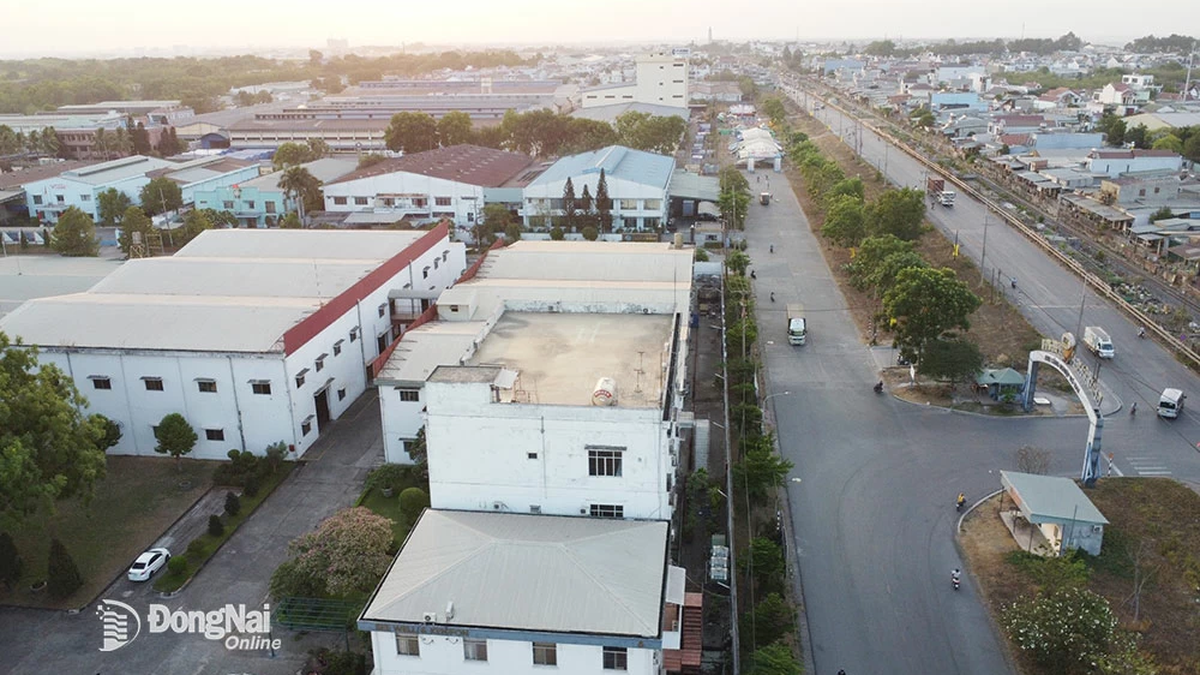
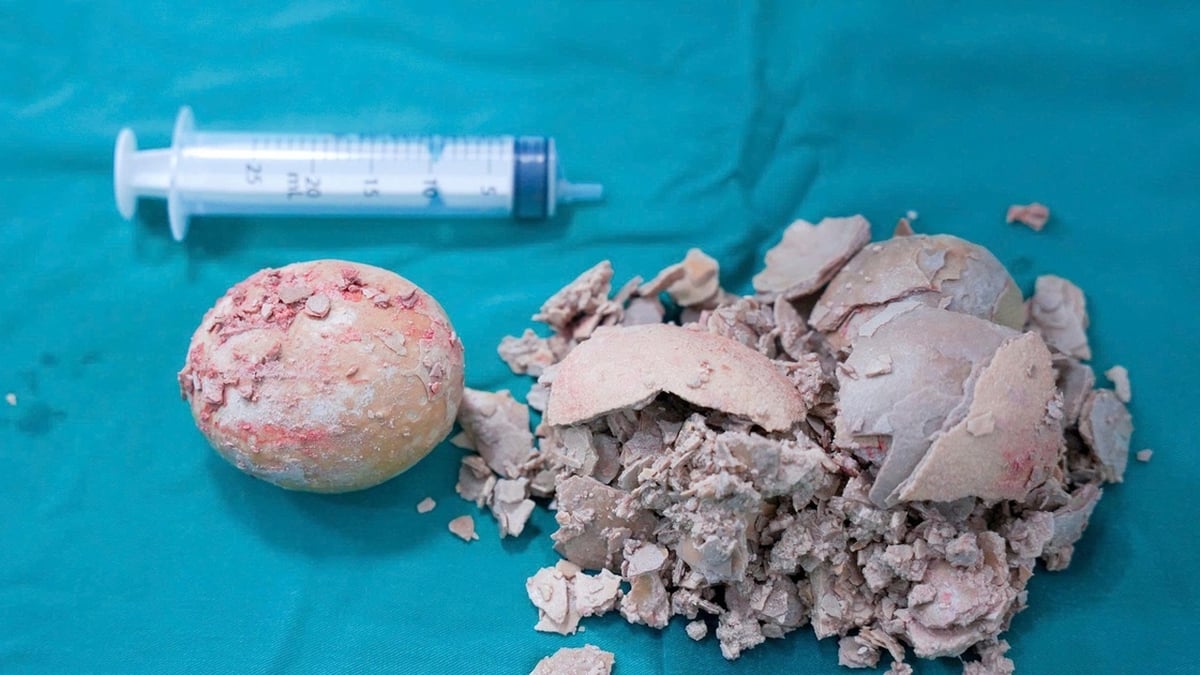
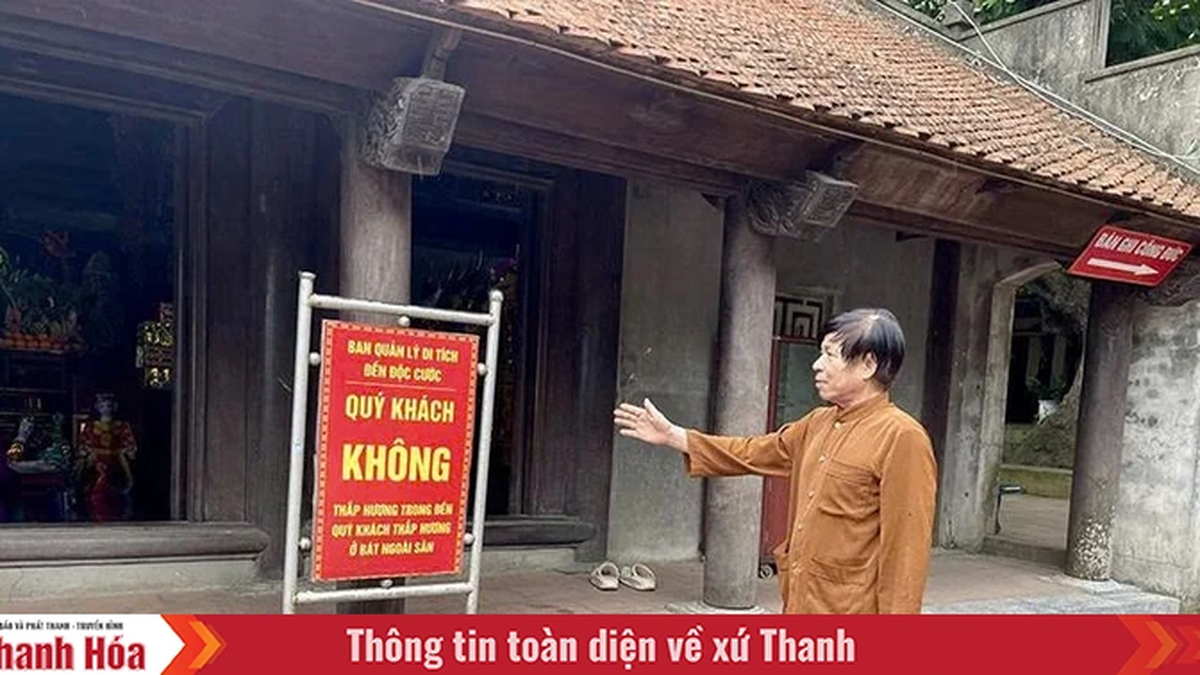

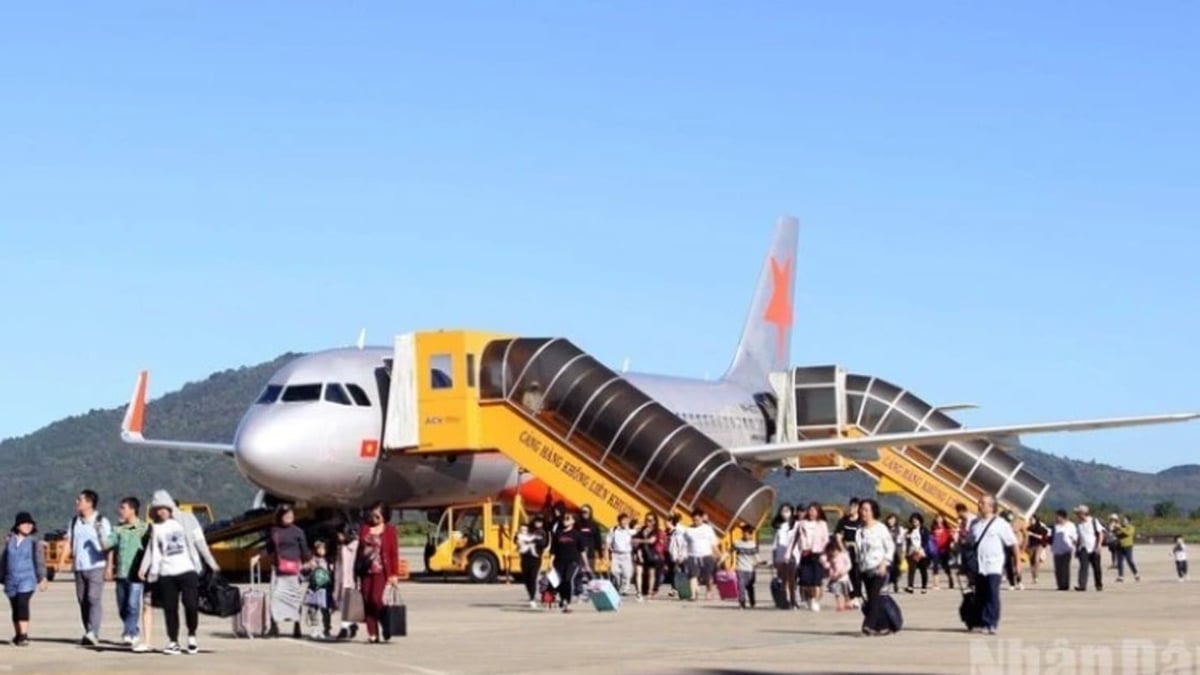
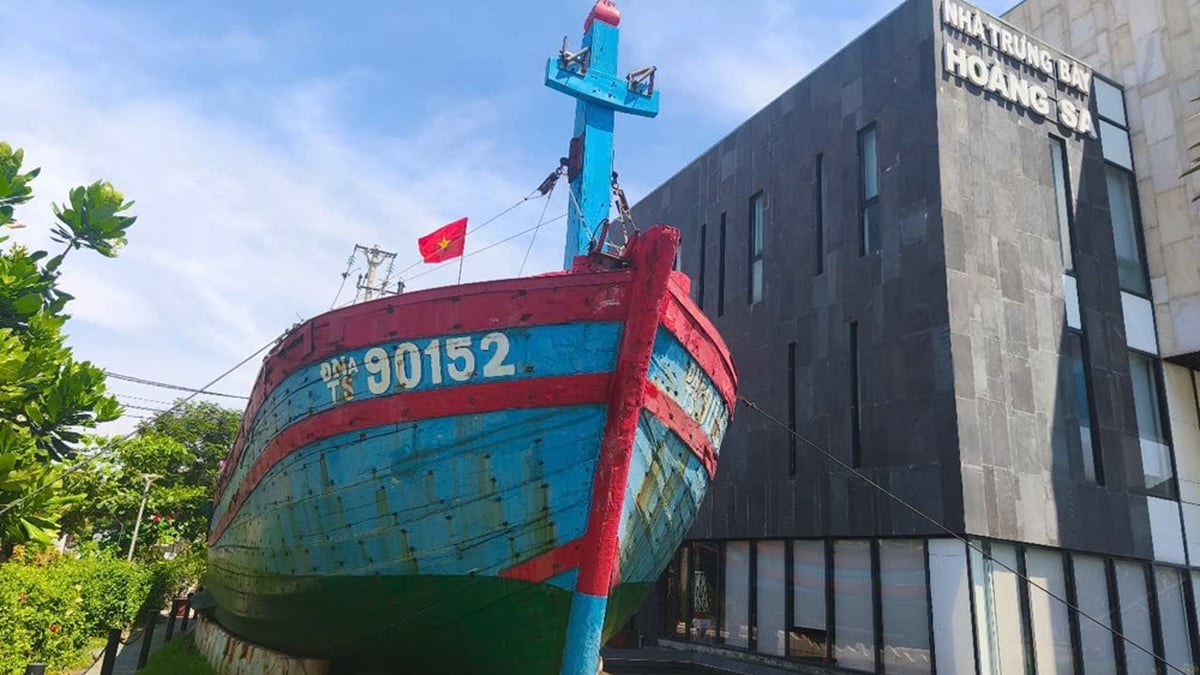










































![[Maritime News] More than 80% of global container shipping capacity is in the hands of MSC and major shipping alliances](https://vphoto.vietnam.vn/thumb/402x226/vietnam/resource/IMAGE/2025/7/16/6b4d586c984b4cbf8c5680352b9eaeb0)













































Comment (0)